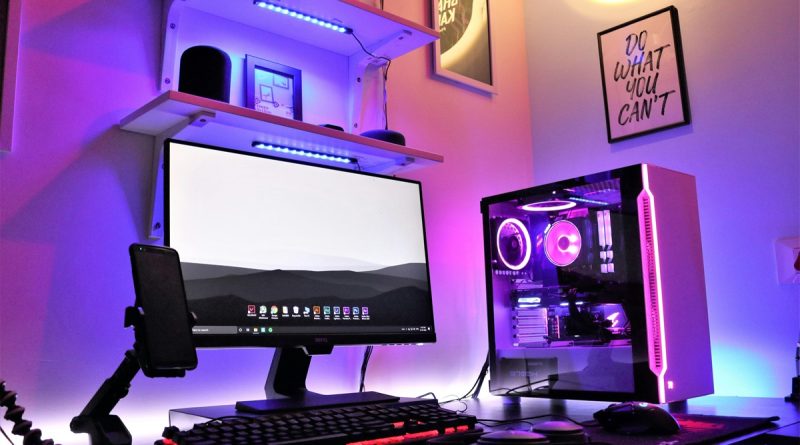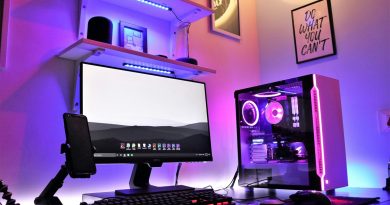Steam Deck OLED vs ROG Ally: Which Handheld Wins in 2025?
In 2025, handheld PC gaming is booming — and two devices dominate the conversation: the Steam Deck OLED and the ROG Ally. Both are portable powerhouses, but they take very different approaches. I spent a week switching between them to see which one truly earns a spot in your backpack (or couch cushion arsenal).
💎 Display: OLED Vibes vs High Refresh Rate
- Steam Deck OLED:
The new OLED screen is a game-changer. Vibrant colors, deeper blacks, and better outdoor visibility make this feel like a true premium upgrade. It’s 7.4″ and runs at 90Hz. - ROG Ally:
Offers a 7″ 1080p LCD at 120Hz. While it doesn’t match OLED’s depth, the higher refresh rate is great for fast-paced games — especially competitive titles.
Winner: Steam Deck OLED for overall visual punch — unless you need 120Hz.
🔋 Battery Life: Big Difference
- Steam Deck OLED:
Thanks to a more efficient APU and the OLED panel, battery life is now in the 5–7 hour range for most games. - ROG Ally:
Battery life remains its biggest weakness — 2 to 4 hours max in real-world conditions. You’ll need to carry a charger.
Winner: Steam Deck OLED — significantly better longevity.
⚙️ Performance: ROG Ally Pulls Ahead (Slightly)
- ROG Ally uses AMD’s Z1 Extreme chip and runs Windows 11, giving it a noticeable edge in raw frame rates and game compatibility.
- Steam Deck OLED still uses a custom APU, and while it holds up well, the Ally tends to run AAA games more smoothly — if you’re OK with tweaking settings and dealing with Windows.
Winner: ROG Ally — but at the cost of complexity.
🧠 OS & Experience
- Steam Deck runs SteamOS, optimized for gaming with an intuitive UI and minimal fuss. It’s plug-and-play.
- ROG Ally runs full Windows, so it’s more flexible — but also messier with drivers, updates, and bugs.
Winner: Steam Deck OLED for ease of use.
🧠 Emma’s Takeaway:
Pick the Steam Deck OLED if you want:
- Stunning OLED visuals
- Better battery life
- Seamless Steam experience
- Comfort for long sessions
Pick the ROG Ally if you need:
- Windows flexibility
- Slightly better FPS in demanding games
- 120Hz display for fast action
- Access to Game Pass + non-Steam platforms easily
For me? I’ll keep both — but if I could only take one on a trip, the Steam Deck OLED wins for all-around usability and visuals.



